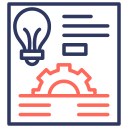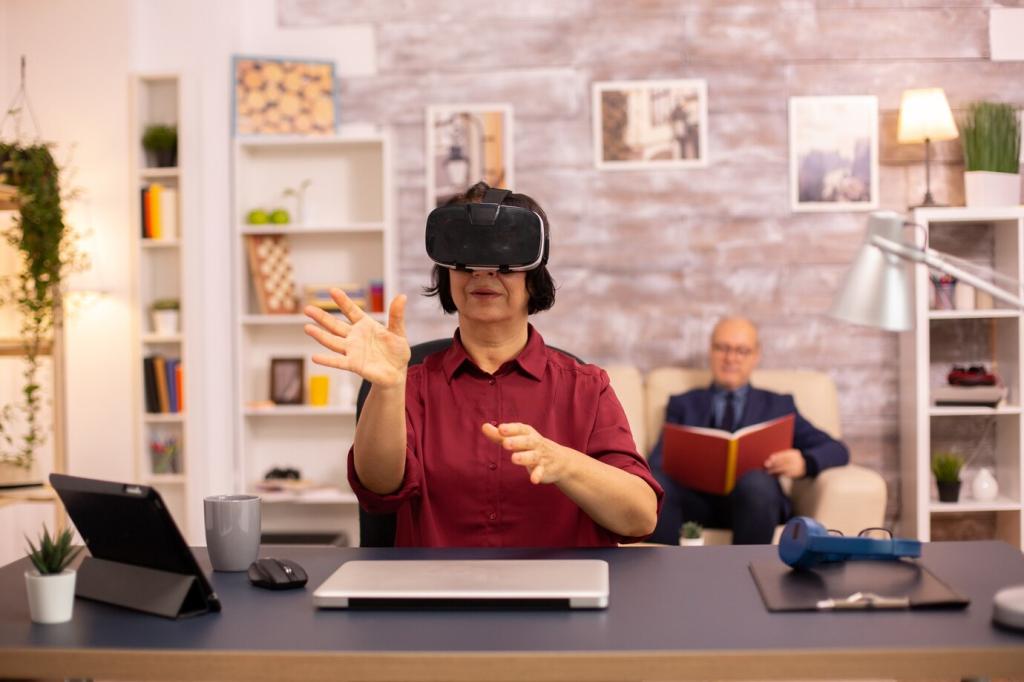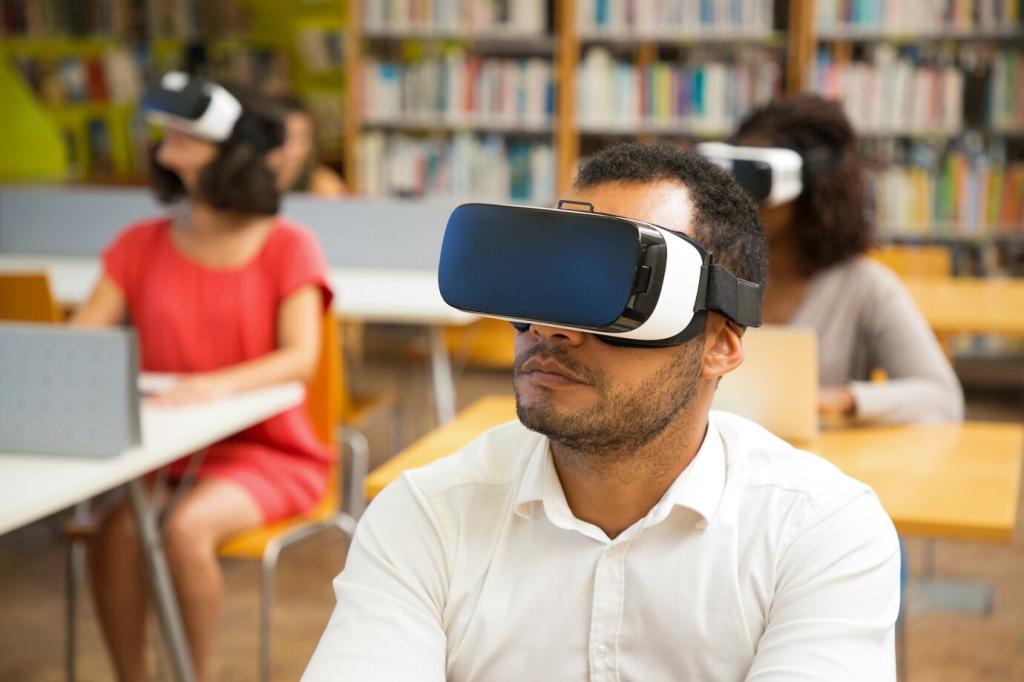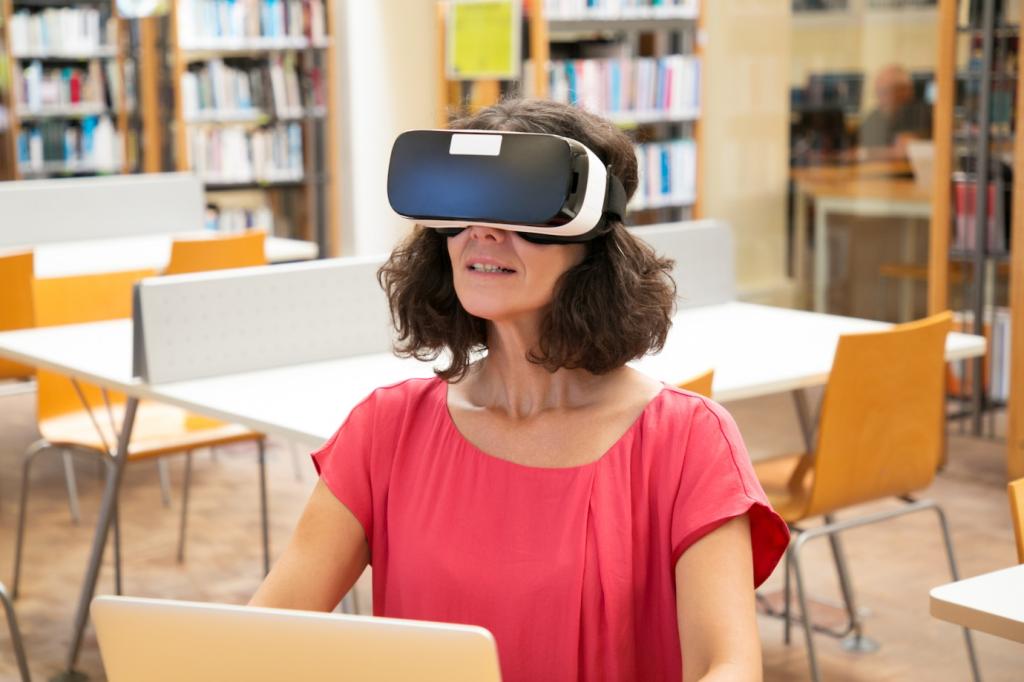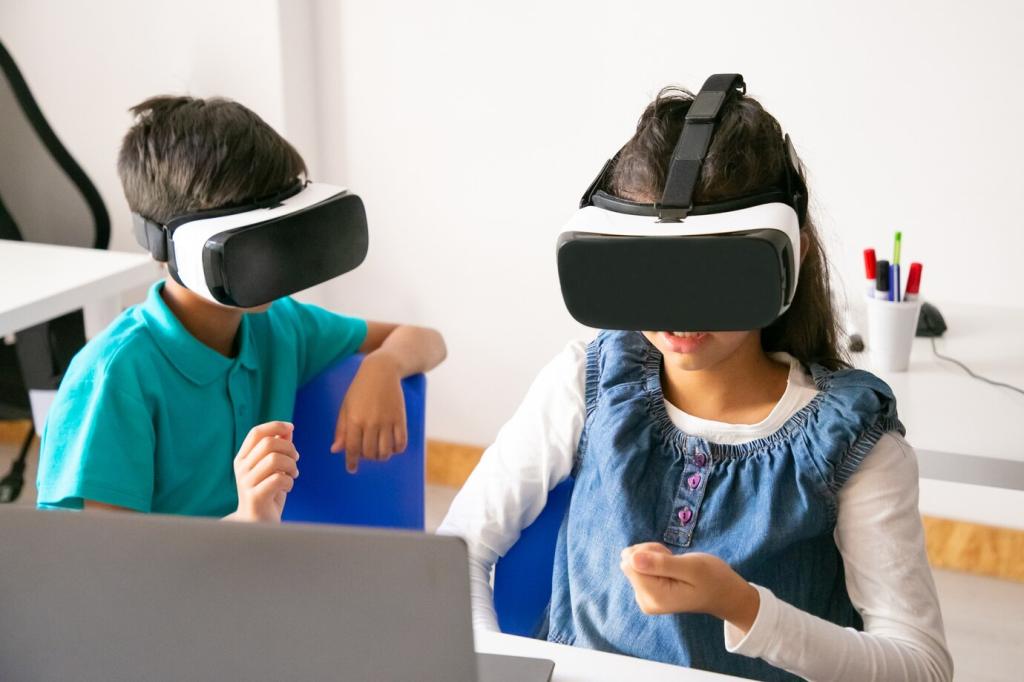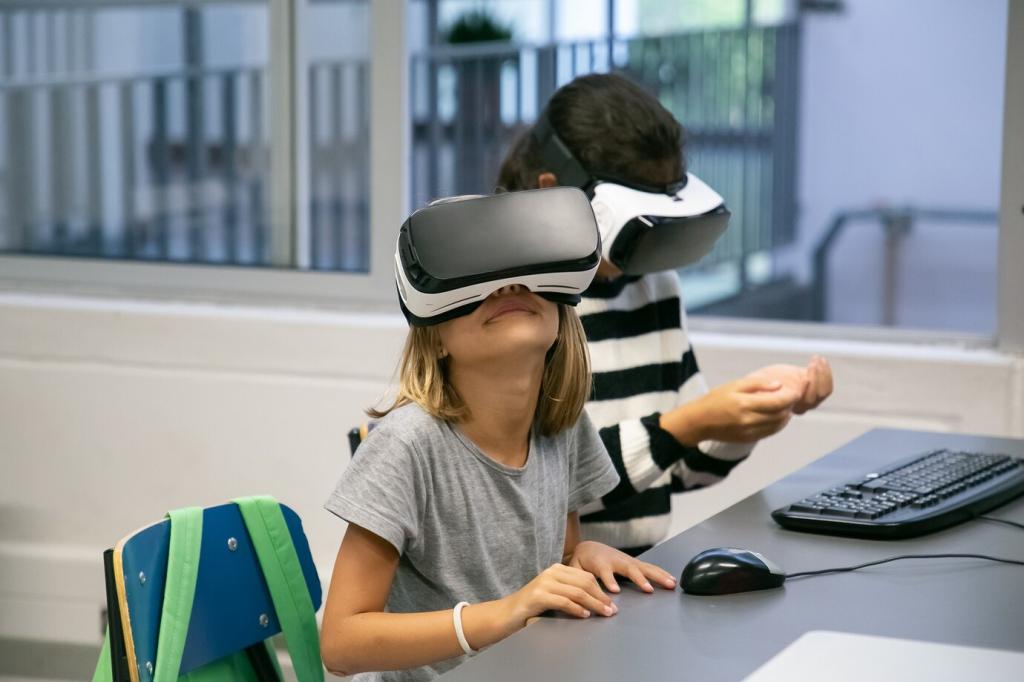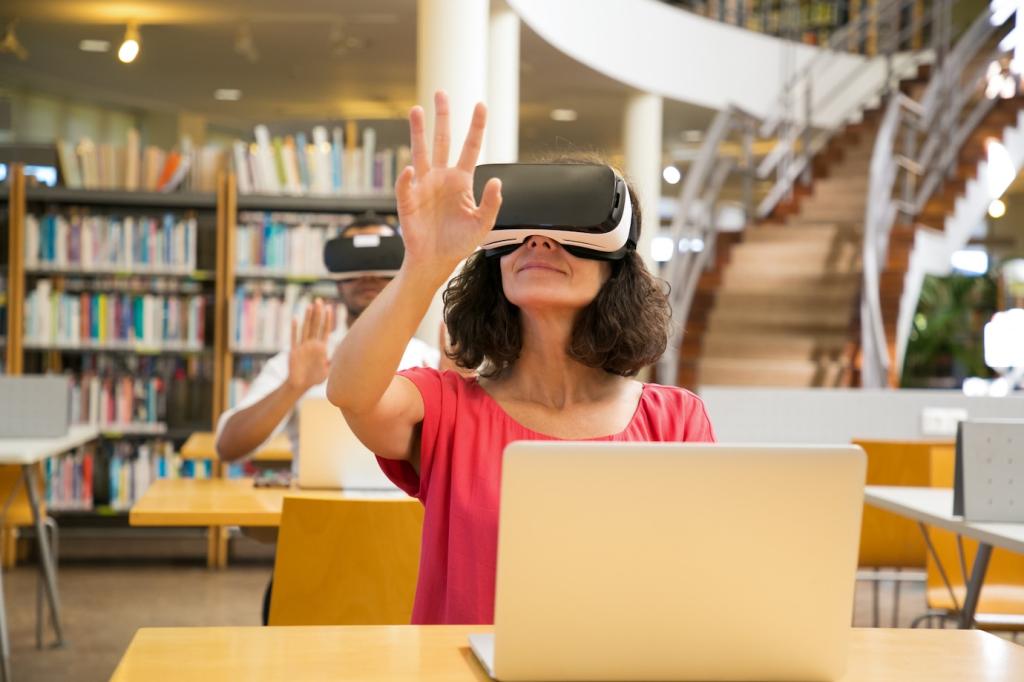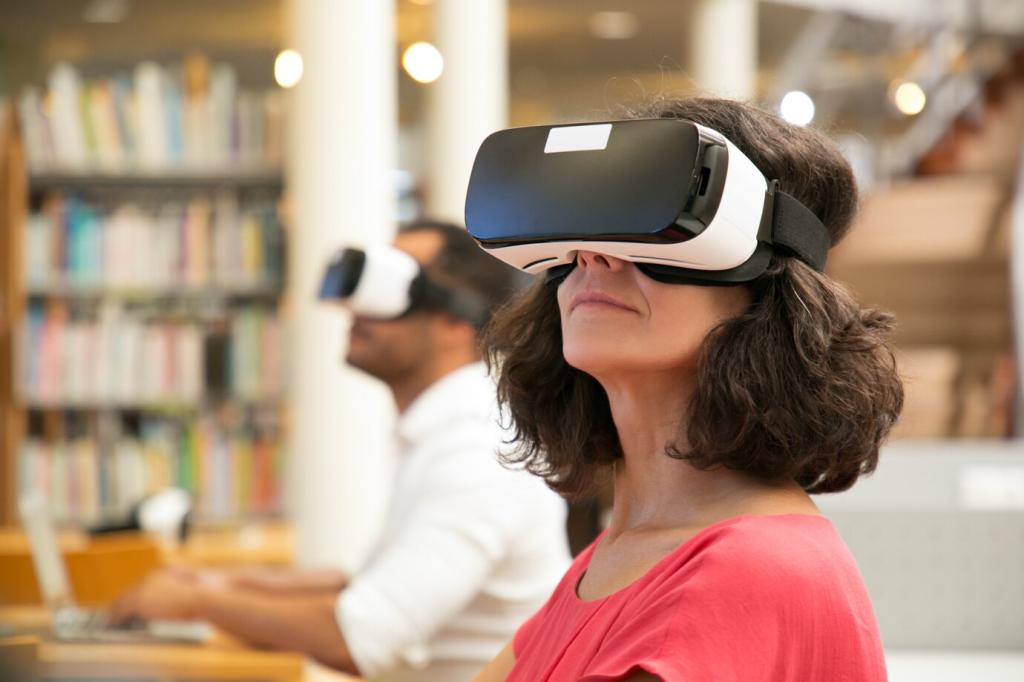Pedagogical Models That Thrive in VR
Critiques happen inside the prototype, not around screenshots. Instructors and peers walk through flows, mark friction points in space, and evaluate affordances at actual scale, producing precise, embodied feedback students remember.
Pedagogical Models That Thrive in VR
Role-play a novice user assembling equipment in a noisy workshop, or a caregiver navigating nighttime lighting. Scenarios surface edge cases, emotions, and constraints, revealing opportunities traditional wireframes rarely expose effectively.
Pedagogical Models That Thrive in VR
Lectures move to short videos, while class time becomes guided experiments in VR. Students practice interactions, measure task completion, and reflect collaboratively, transforming passive learning into active, evidence-driven skill building.
Pedagogical Models That Thrive in VR
Lorem ipsum dolor sit amet, consectetur adipiscing elit. Ut elit tellus, luctus nec ullamcorper mattis, pulvinar dapibus leo.
